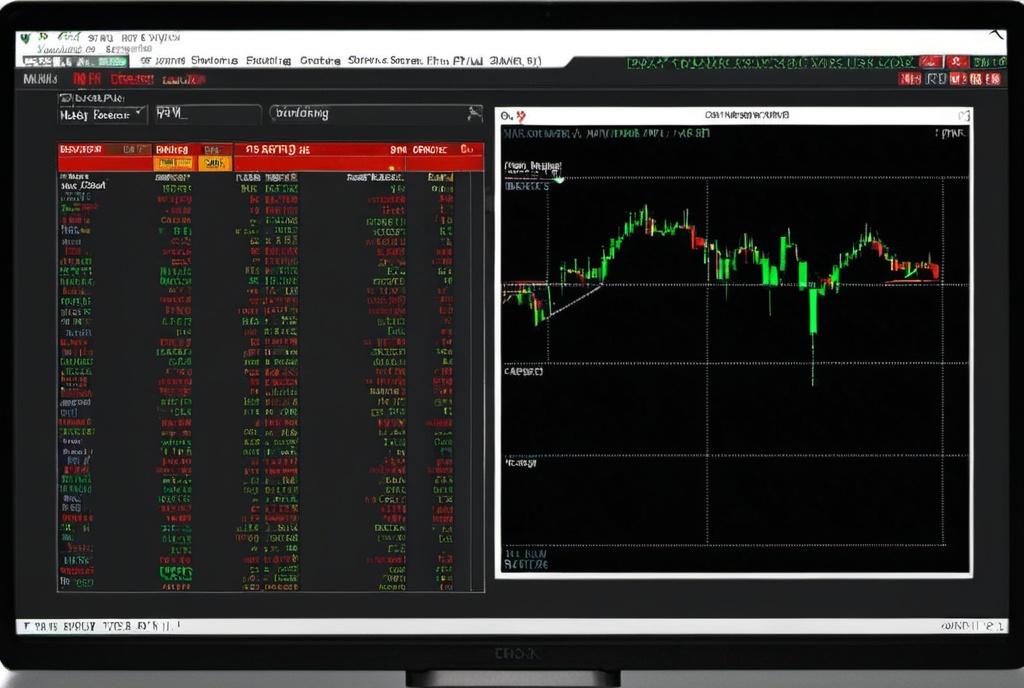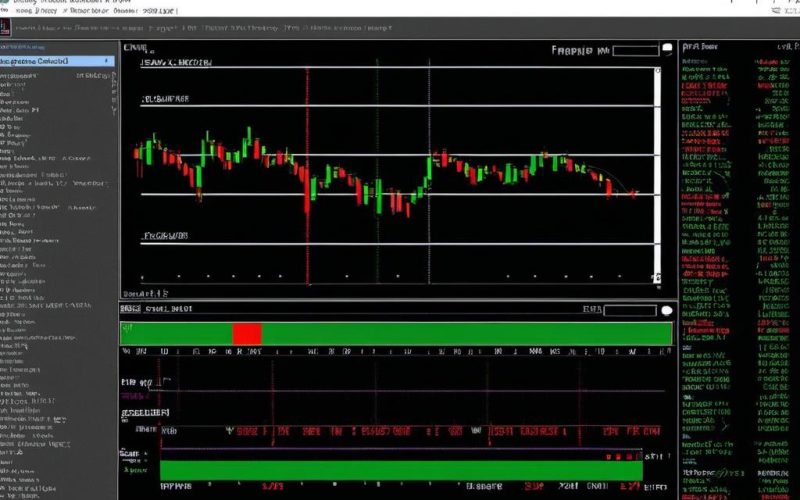Key Take Aways About Charles Schwab
- HIT software enhances trading speed and efficiency, crucial for high-frequency environments.
- Charles Schwab platforms integrate seamlessly with HIT, offering robust trading support and API connectivity.
- HIT software reduces human errors, automates decisions, and handles vast data instantly.
- Pros include speed and accuracy; cons involve setup complexity and algorithm reliance risks.
- HIT software can dramatically improve trading strategies through efficient integration with platforms like Charles Schwab.

Understanding HIT Software in Trading
HIT software, short for High-Intensity Trading software, has carved out a niche in the trading space. It’s like the underground rockstar of trading tools. You know it exists, and it’s powerful, but it’s not always front and center. This software acts like a turbocharged engine for traders, especially when dealing with fast-paced, high-frequency environments. Picture a Formula 1 car zooming past your average sedan. It’s all about speed and efficiency. The software basically aims to give traders an edge by automating and accelerating the decision-making process.
The Charles Schwab Connection
Charles Schwab, a well-known name in the financial sector, has dipped its toes into the tech waters with various trading solutions. While not directly creating HIT software, Charles Schwab’s platforms integrate with various tools and software solutions, enhancing the overall trading experience. The company’s trading platforms aim to offer seamless integration with third-party tools, which makes them attractive to traders using specialized software like HIT. They focus on giving traders the ability to streamline their operations, access extensive data, and make quick decisions.
HIT Software: How It Enhances Trading
Now, if you’re wondering what makes HIT software tick, it’s all about algorithms and data processing. These tools are designed to handle massive amounts of data in nanoseconds, letting traders make rapid trades based on market conditions. It reduces the need for constant human oversight, which can be a godsend during those high-pressure trading sessions.
There’s a story about a trader who once missed a golden opportunity because he was too slow, even though he was just fractions of a second off. With HIT, that trader could’ve snagged the deal. The speed is its main draw, but it’s not just about velocity—accuracy plays a crucial role. The algorithms are designed to minimize human errors, which can cost big bucks.
When HIT Software Meets Charles Schwab Platforms
While Charles Schwab doesn’t directly offer HIT software, traders using Schwab’s platforms can often incorporate it through APIs and other integration options. For instance, a trader might link their Schwab accounts with HIT tools to automatically execute trades based on pre-set parameters. This setup allows them to leverage Schwab’s robust trading infrastructure alongside the precision of HIT software.
Pros and Cons of HIT Software
On the upside, HIT software offers speed, accuracy, and automation, which can lead to increased profitability. Traders who thrive on quick decisions and large volumes find this beneficial. However, the cons can’t be ignored. It requires significant setup and understanding, not to mention the risks associated with automated trading. Over-reliance on algorithms without human oversight can be risky. Picture letting a robot decide what to buy at the grocery store—it might pick the generic brand when you wanted the good stuff.
Integrating HIT Software: A Typical Use Case
Let’s paint a picture here. Imagine a trader who trades in equities on a daily basis. After missing a few crucial trades because she couldn’t hit the buy/sell button fast enough, she integrates HIT software with her Charles Schwab account. Now, her parameters are set—if a particular stock hits a certain price point, the software executes the trade faster than she ever could manually. It’s like having a personal trader ready to go 24/7, operating at lightning speed.
The Broader Impact and Future
HIT software isn’t the end-all-be-all for trading, but it sure is a game changer for many. In systems like those provided by Charles Schwab, where flexibility and integration are key, the possibilities expand. It’s not just about executing trades faster, but about crafting a strategy that leans on both backend support and front-end efficiency. Traders who master this balance can potentially supercharge their trading strategies.
In the world of finance, where milliseconds count, tools like HIT software paired with platforms like Charles Schwab’s can make a difference—not just in the numbers ticking on a screen but in trader confidence, strategy execution, and, ultimately, their bottom line.
